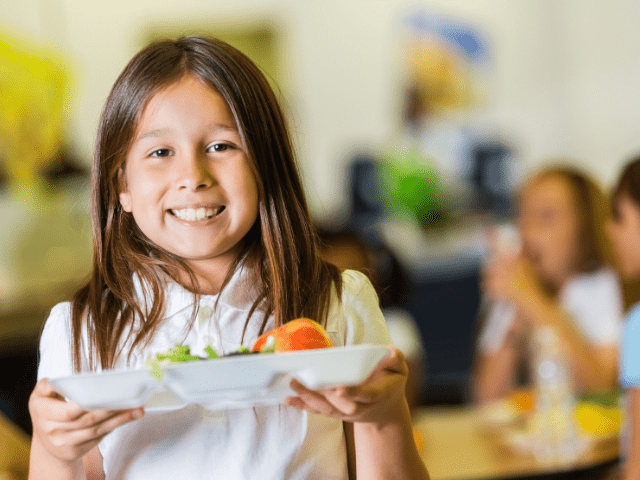The research team conducted a comprehensive study to improve the Ka Ora Ka Ako programme in several categories. The aim was to identify the most effective approaches to addressing food insecurity and promoting sustainable food systems in the Hawke’s Bay region.
Modelling
The Ka Ora Ka Ako programme, which delivered 55,500 nutritious lunches weekly in Hawke’s Bay, served as a major disruptor in the food system, addressing food insecurity on a large scale. The Systems Model explored how the programme could tackle the root causes of food insecurity beyond simply providing meals. Workshops and the Phase 1 model engaged stakeholders and experts to examine current operations, while Phase 2 focused on policy pathways that could enable sustainable and community-driven food systems, integrating mātauranga Māori and fostering greater food sovereignty.
Policy Pathways
Ka Ora Ka Ako demonstrated significant ripple effects on whānau, schools, and communities, but initial implementation left gaps in integrating mātauranga Māori and curriculum engagement. Drawing on international evidence and local research, the Policy Pathways project identified broader societal impacts the programme could achieve with further investment. Despite funding cuts, the initiative’s potential to enhance child health, environmental sustainability, and food systems resilience remains, underscoring the need for continued advocacy and strategic policymaking.
Value for Investment
A Value for Investment (VFI) assessment of Ka Ora Ka Ako highlighted the programme’s immediate and long-term benefits, beyond monetary returns. Using the Treasury’s Living Standards Framework, the assessment evaluated its impact on food security, health, and local economies. Despite budget cuts limiting its scope, the programme’s integrated approach to addressing food insecurity demonstrated the critical importance of sustained investment in community-based food initiatives.
Impact Evaluation
The Impact Evaluation sub-project examined the effects of Ka Ora Ka Ako on student health and wellbeing from 2020 to 2023. Surveys assessed improvements in mental and physical health, as well as school-community connections. These findings revealed the programme’s role in fostering a healthier and more supportive school environment, contributing to broader initiatives like the Regional Survey of Student Health and Wellbeing.
